Tire pressure is actually an important factor that affects your car's overall performance. It may seem trivial compared to engine power, steering and suspension, and other vehicular systems, thus little attention is given. We have researched every aspect you need to know about the role of tire pressure, its effects, causes, and maintenance.
The recommended tire pressure for most vehicles is between 30 and 36 pounds per square inch (PSI). The critical limit is 20 PSI, and any amount below this figure is technically categorized as a flat tire; even if no actual blowout occurs, this tire pressure is too low.
The role of tire pressure must be understood and emphasized since it is vital to your car's performance. Please read on, and we hope you benefit from the post.
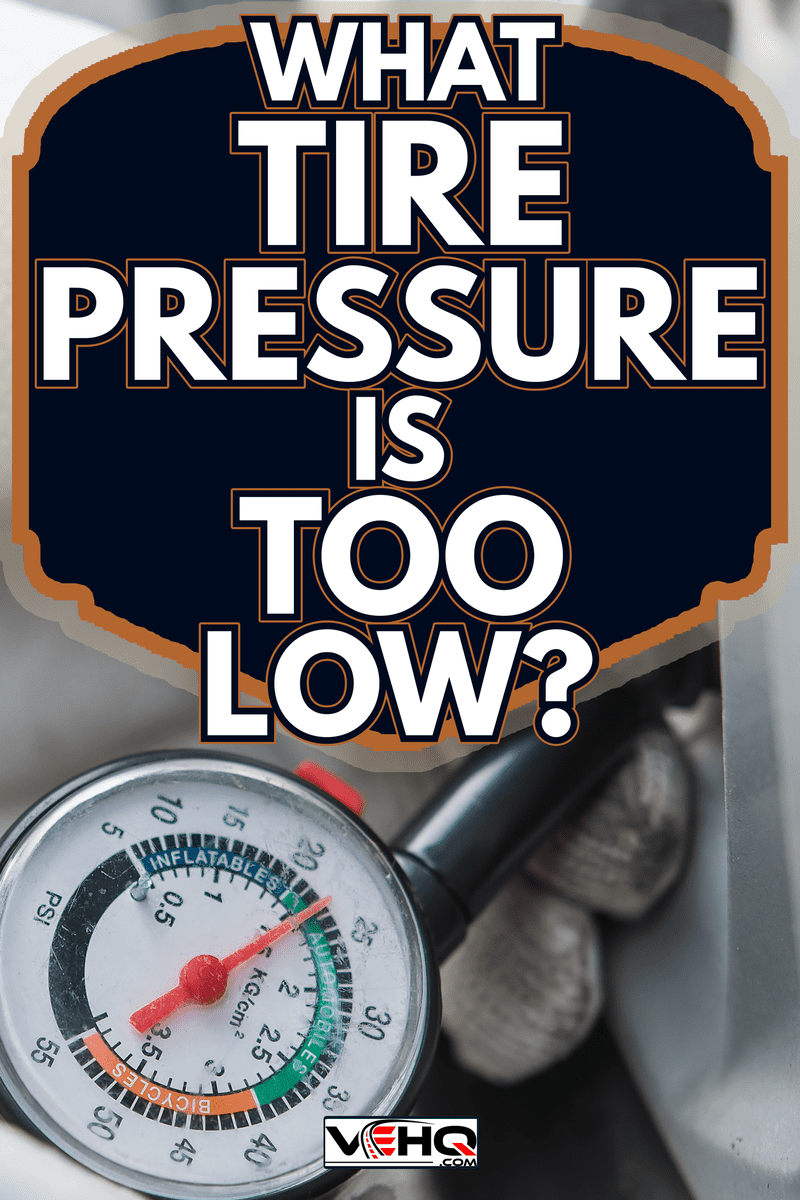
What Is Tire Pressure?
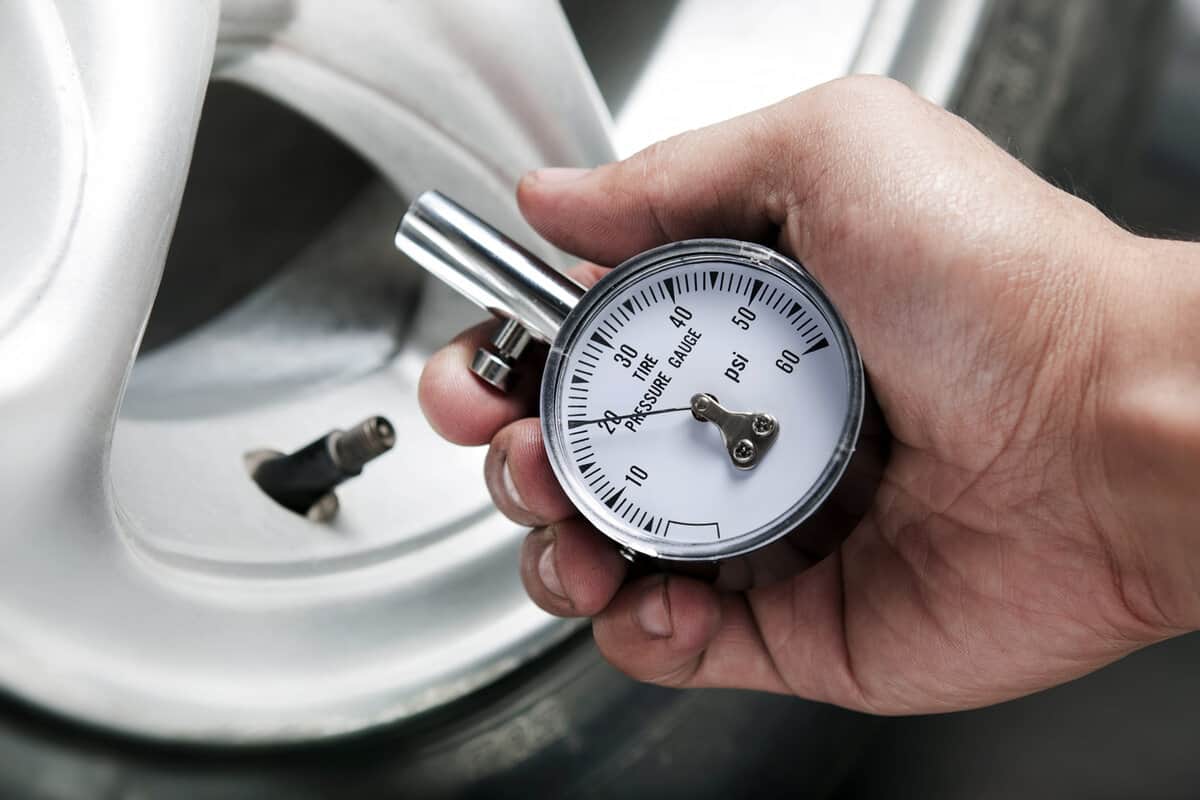
Tire pressure is determined by the amount of air present inside your wheels to keep them inflated. It indicates the amount of force that the walls of your tires need to maintain their form and function.
Depending on the make and model of your vehicle, there is a specific tire pressure that it has to conform with to optimize its performance.
Experts and authorities vary slightly in their tire pressure recommendations; some say the ideal range is between 32 to 36 pounds per square inch (PSI), while others go as high as 42 PSI.
To be on the safe side, find out the recommended tire pressure for your specific car. It is indicated on your vehicle owner's manual and on a sticker inside the driver's door panel.
Effects Of Tire Pressure On The Vehicle
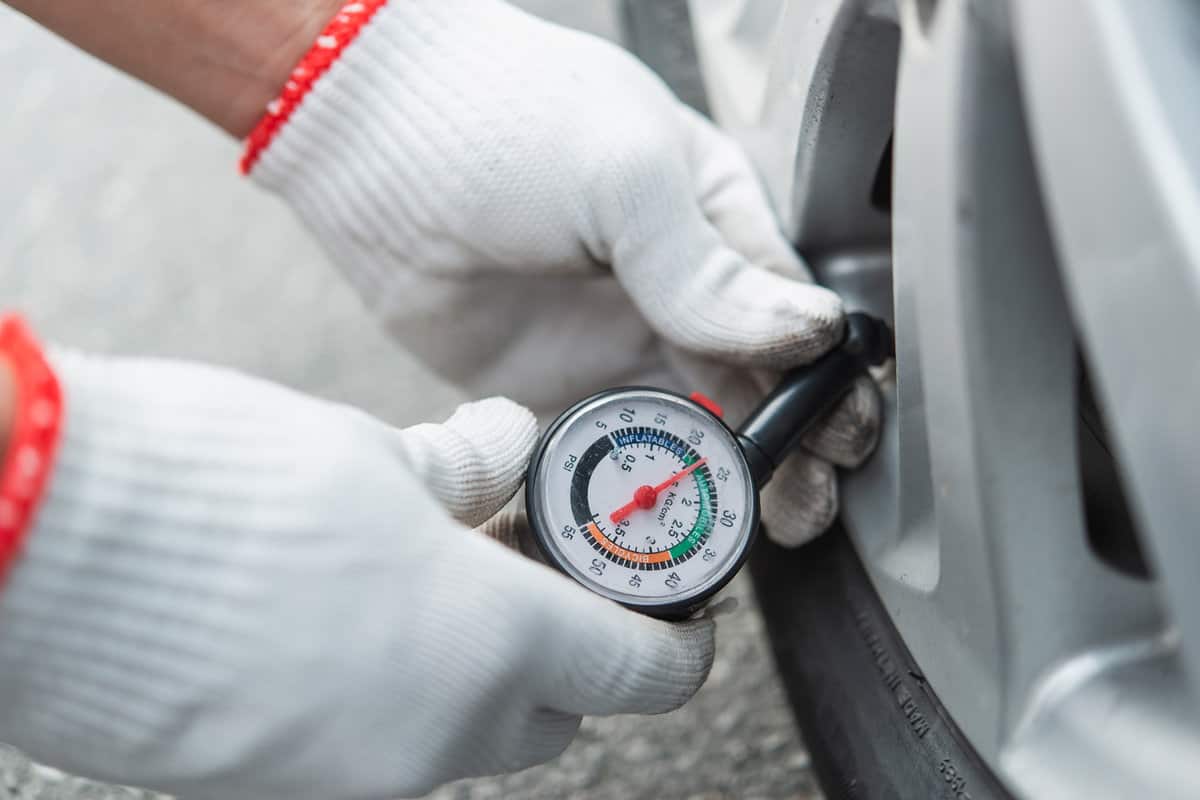
Maintaining the correct tire pressure has numerous benefits for you and your car. Under or overinflated tires, on the other hand, can cause problems with handling and safety, tire wear, and fuel consumption.
Handling And Safety
Safety is the most important factor in driving, and it depends mainly on how your car handles. Apart from a sound steering and suspension system, brakes, and wheel alignment, tire pressure directly affects your control of the vehicle.
With low tire pressure, there is more surface contact between the tread and the road. This creates drag, causing decreased traction and a less stable tire.
1. Steering Response
Steering response becomes slower, and braking distance length increases. This condition is significantly dangerous in critical moments like suddenly avoiding a pothole, maneuvering in heavy traffic, driving on wet or snowy roads, and the like.
2. Underinflated Tires
Underinflated tires lose grip and delay the response time needed to avoid accidents. If one of your front tires has low pressure, due to a slow leak, for instance, the imbalance may cause your car to drift or pull to one side. Again, this is critical, especially at high speeds when you suddenly have to apply the brakes.
3. Overinflated Tires
Overinflated tires pose certain hazards as well. There is an increased risk of a blowout due to the high pressure, which could be aggravated by hot weather or prolonged driving. This endangers you, your passengers, other motorists, and pedestrians. High pressure, though not as serious, also produces a bumpier, less comfortable ride.
Tire Wear
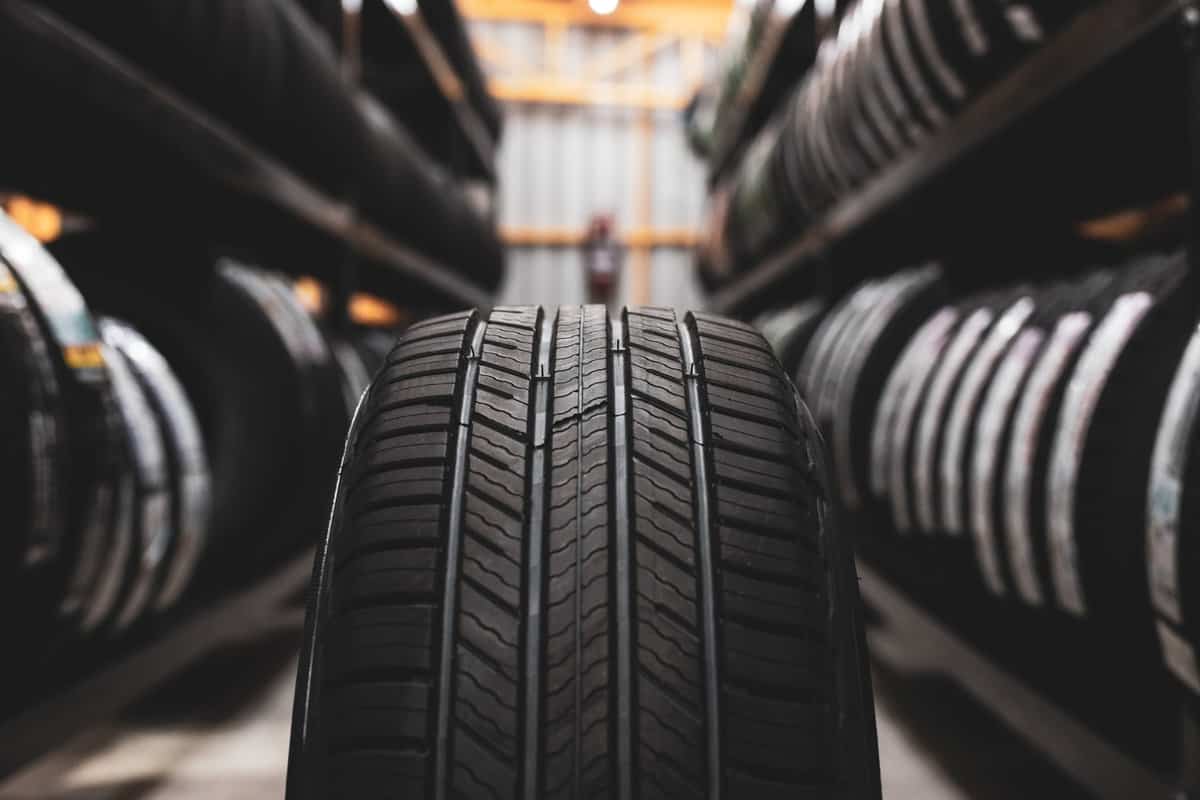
The air pressure also determines the relative longevity of your vehicle's tires. Basically, the tires carry the weight of your car; the right pressure will result in optimal distribution and stability between the vehicle and the ground.
As mentioned, low tire pressure increases the contact surface between the rubber and the road. This causes the treads to wear out faster since there is more generated friction. The damage will considerably shorten a tire's life, and consequently, you have to replace it prematurely, padding your maintenance expenses.
High pressure makes your tires more susceptible to damage. The extra air causes your tire walls to become more rigid and stiff than normal. As a result, the decrease in its natural flexibility makes it more vulnerable to driving hazards such as potholes, cracks, and debris.
Whether the pressure is either too high or too low, it hastens the wasting of the treads and may even cause imbalance due to uneven wear.
Fuel Consumption
Tire pressure impacts the amount of your car's fuel intake and consumption in several ways.
Underinflated tires cause less traction but more friction, making the engine work harder and consume more gas. Research by the U.S. Environmental Protection Agency (EPA) has established certain facts regarding the relationship between tire pressure and fuel use.
According to the EPA, properly inflated tires increase your car's fuel efficiency by at least three percent. It also states that underinflated tires decrease your mileage by 0.2% for every 1 PSI drop in recommended pressure.
It may seem like a negligible amount, but if you lack 10 PSI of pressure, that value jumps to two percent. Imagine if the pressure on your tires remains unchecked for long periods, the additional cost begins to accumulate and matter.
Another study by the National Highway Traffic Safety Administration (NHTSA) found that underinflation of the tire by 10% results in a 2% increase in fuel consumption. If your tires deviate by as much as 15% over time, that translates into a lot of money.
Causes Of Low Tire Pressure
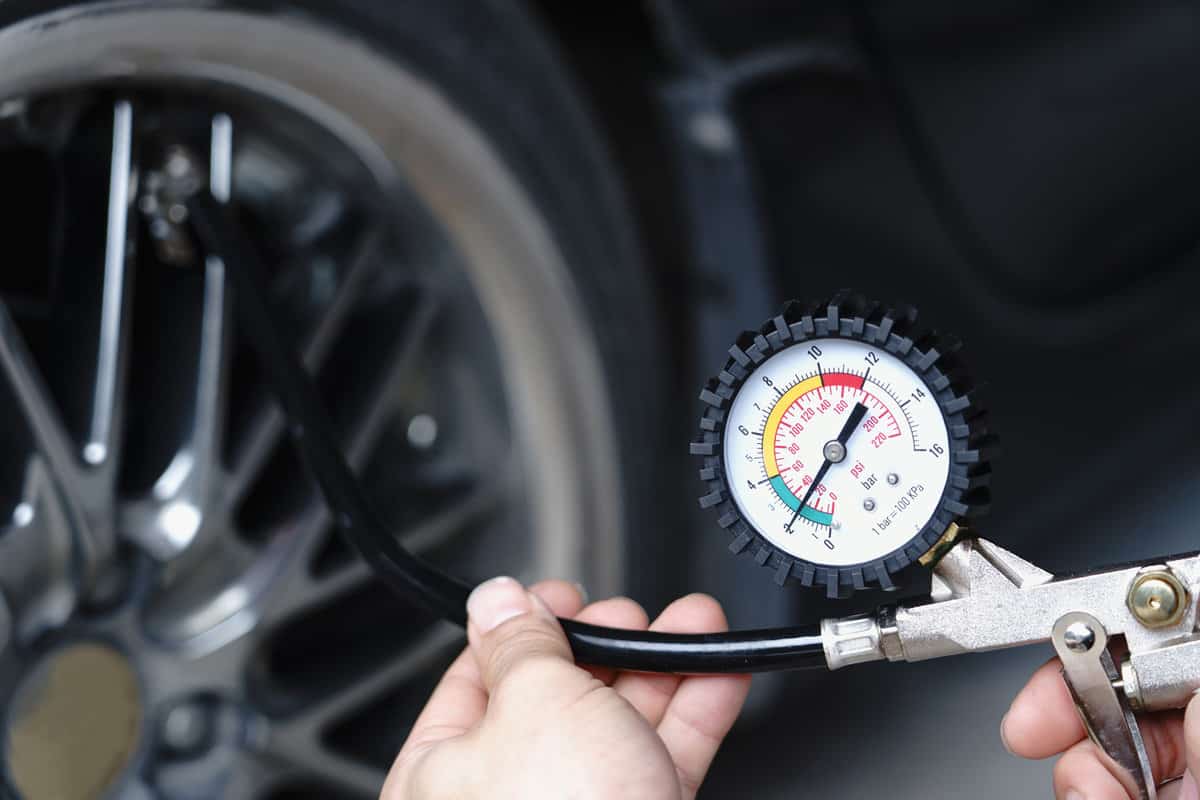
Lowering your tire pressure may be attributed to several factors. Below is a list of reasons why it happens:
Temperature
Local climate or the general weather may cause changes and fluctuations in your vehicle's tires. When the temperature drops, the air is compressed, its volume decreases, and pressure is lessened.
Generally, inflation pressure falls by 1 to 2 PSI for every 10 degrees the temperature lowers. To illustrate, let's assume you have optimal pressure at 35 PSI during the day at 60 degrees. If it drops to 20 during the early morning, which is common in most states, tire inflation can fall below 30 PSI which is a significant loss of air volume.
Temperature changes on an average day will cause the pressure to rise on its own when you start to drive, and the tires generate running heat.
Special consideration must be made during winter since prolonged cold weather affects the pressure constantly.
Heat, on the other causes air to expand and elevates the tire pressure. This is not a critical condition since the actual maximum inflation pressure far exceeds the recommended inflation capacity. It might, however, result in a bumpier, less comfortable ride.
Puncture
If you notice that only one of your tires is constantly deflated, it can slowly be leaking air due to puncture damage. Nails, glass, or other road debris may lead to this condition and cause tire pressure to decrease.
It also results in uneven tire wear and instability, and you may experience a pull when steering. This is critical when the leak involves a front wheel, as the car may veer or swerve when you apply the brakes.
If you experience any irregularities with steering, have your vehicle serviced right away. It is always sound practice to check your tires before going on the road.
Rim Damage
When you hit a pothole, debris, or other road hazards, your tire rims can chip or dent, creating a space for air to escape. Similarly, only one of your wheels may deflate and if the problem is not on the tire itself, have the rim checked and repaired.
Tire Age
When your tires have worn tread and the rubber is wearing thin, there is less insulation to protect them from temperature change and road conditions. As such, the tire pressure of your car may fluctuate erratically.
This would affect the handling, stability, and, more importantly, your safety. Aside from this, old tires are prone to skidding. They provide low traction and are susceptible to blowouts. At this point, it would be best to replace them altogether.
Other Important Tire Pressure Considerations
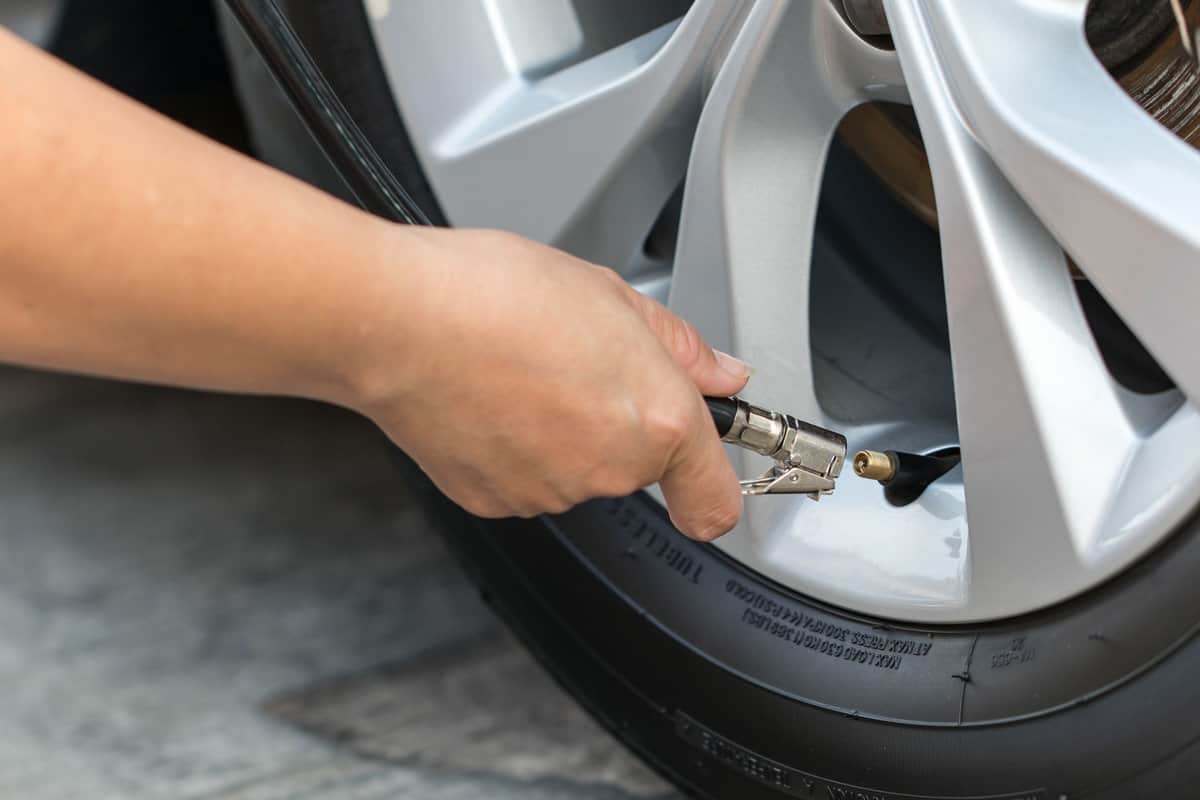
How Often Should You Check Tire Pressure?
Tire pressure should be checked every month. Make it a part of your regular maintenance schedule. Since we have established its role and importance in relation to the other systems of your vehicle, a monthly inspection would improve the performance of your car, prevent the problem from worsening, and avoid unnecessary expenses.
Keep a tire pressure gauge handy in your car's glove compartment. See this pencil tire pressure gauge on Amazon; it's easy to use!
The best time to check tire pressure is in the morning before you set for the road. Temperature changes during the night may have caused it to drop.
A 5 PSI differential from the recommended pressure is negligible since it will rise once the car runs and the wheels generate heat. If you prefer to check after a long ride, wait for at least two hours after the tires have cooled, this will ensure a more accurate reading.
Monitor your tires more closely if the climate in your area features significant changes in temperature over short periods.
What Is TPMS?
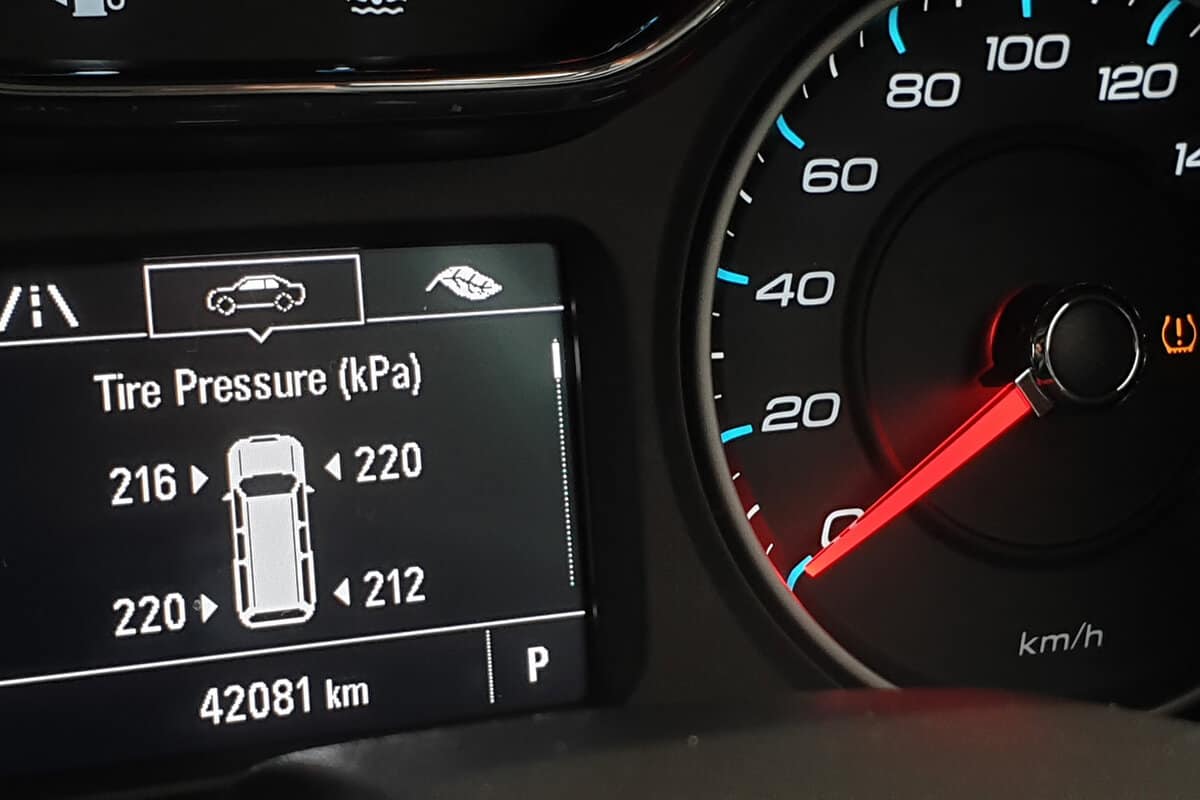
TPMS stands for Tire Pressure Monitoring System. In 2008, federal law required manufacturers to include it as standard equipment to make motorists aware of its status level.
It may seem advantageous for car owners since you no longer have to check the tire pressure manually. Some systems, however, only alert and go off when the recommended tire pressure drops by 25%.
Let us illustrate this by example: Your optimal inflation level is at 32 PSI and 25% of this is 8 PSI; therefore, the monitoring system only went off when your tire pressure dipped to 24 PSI. This is close to the critical level and may be considered as low, unsafe tire pressure.
Don't rely entirely on the figures on your dashboard. Check your pressure manually.
In Closing
Monitor those tires and keep the other car systems in good operation. Safe motoring, everyone!
If you have found this article helpful, check out these other informative topics:

